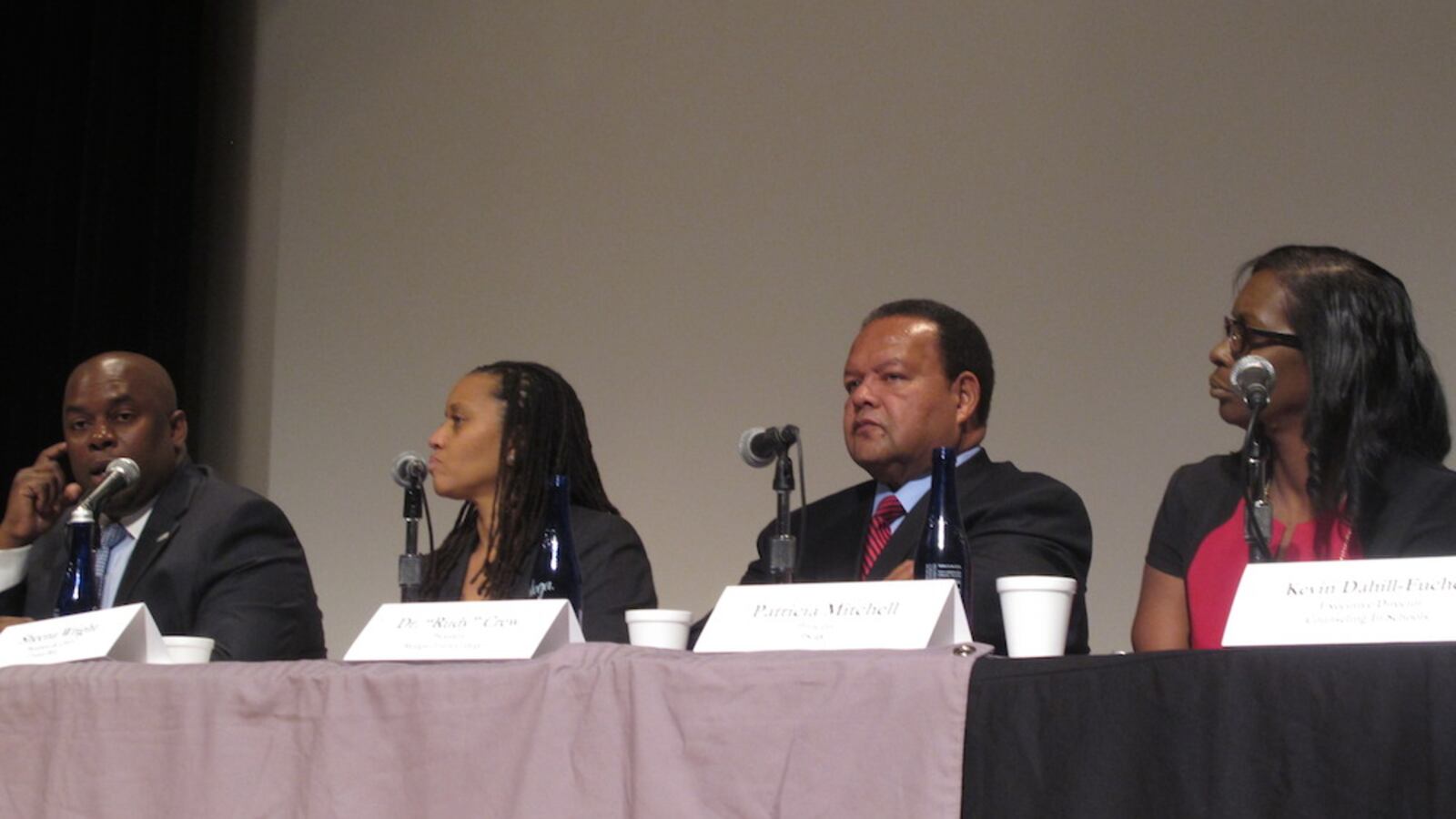The architect of the city’s “Chancellor’s District,” a school improvement initiative that flooded low-performing schools with resources over a decade ago, said Wednesday his much-debated approach was “dead wrong” and warned current officials not to repeat his mistakes.
From 1996 to 2003, New York City School Chancellor Rudy Crew grouped struggling schools into their own separate district and provided them with extra support, including new curriculum materials, more training, extra staff, and smaller class sizes. Union leaders have touted the program as an alternative to closing schools, but critics say more aggressive reforms are needed.
The initiative also shares similarities to the Renewal Schools program that Mayor Bill de Blasio announced on Monday. The administration has distanced itself from those comparisons, but Crew said in an interview that they shared a lot in common.
“[De Blasio]’s changing the day, the year, the way teaching will be done,” Crew said in an interview. “We tried to do the same thing with the Chancellor’s District.”
Crew said those changes are important, but he offered a grim post-mortem 10 years after the district’s demise. Asked to assess the model on a panel on absenteeism at the New School on Thursday morning, he said the city school system wasn’t set up to fix persistently low-performing schools.
“When we did this in the Chancellor’s District, I think the framework is dead wrong,” said Crew. The structure, he said, was too one-size-fits-all.
“Everybody got the same memo, everybody got the same dollars, everybody got the same requirements and then you were sort of off to the races to do the best that you could with what you had,” Crew added.
While many details remain unclear, the de Blasio administration is asking schools to tailor their plans to meet students’ needs.
The $150 million plan will flood 94 of the city’s lowest-ranked schools with an array of social services and supports for students, a majority of whom are poor and many who live in homeless shelters, are part of the city’s child welfare system and come to school without getting basic needs met at home. Hoping to convert the schools into so-called community schools, each school is required to come up with its own plan, which also includes an extra hour of tutoring, summer programs and an increase in guidance counselors, health practitioners and adult literacy teachers. If schools don’t show progress in three years, de Blasio has said he’ll close them, though he hasn’t said how he will measure that progress.
Crew’s comments were delivered just a few feet from Deputy Mayor Richard Buery, who’s charged with making sure students who attend Renewal Schools benefit from the flood of services. Buery said the city’s initiative is uniquely challenging because each school will be have to create its own process for serving children and their families.
“Every school, every family, every child presents a unique set of challenges. And so the question, I think, at the school-level becomes, do you have an actual strategy and a structure, child by child?” Buery said.
After the event, Crew said the success of the city’s new approach will hinge on setting concrete goals and partnerships between schools and with outside organizations.
“What will be different is how they not just name it, but how they actually collaborate with these community agencies and how they come to agreement about what the targets, what the outcomes will be, for the expenditures they’ll be making,” Crew said.

